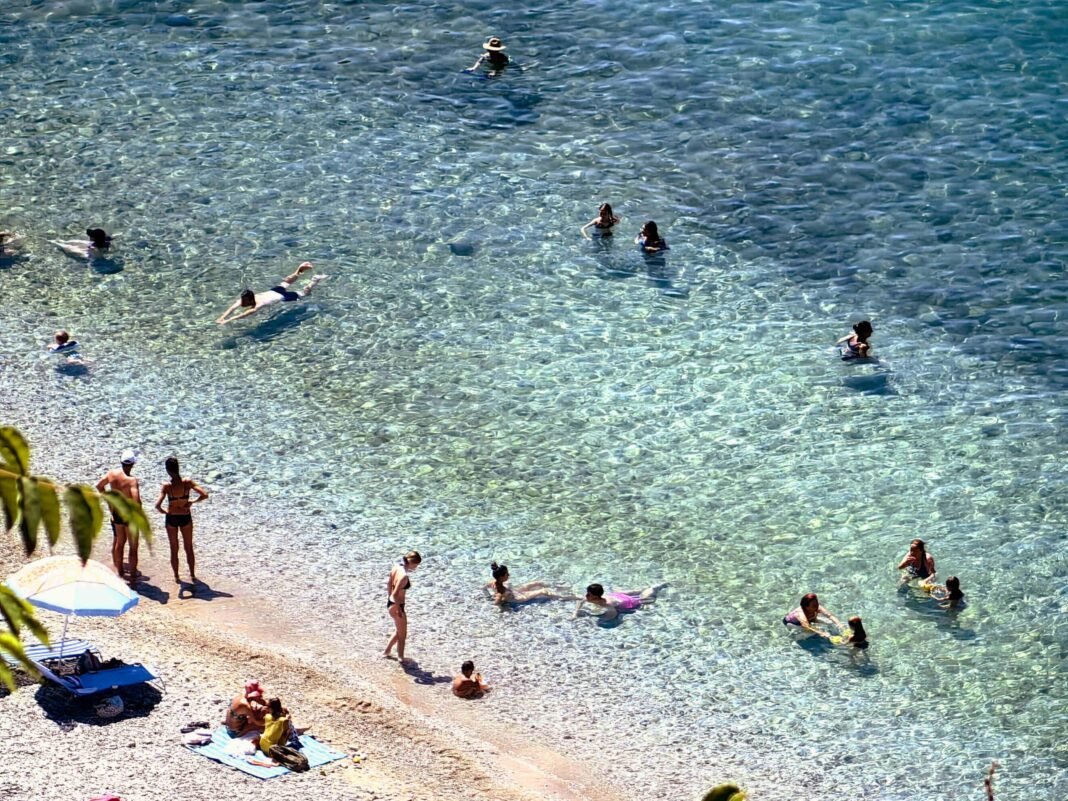
On Thursday, August 7, 2025, the Greek Ministry of Health announced a swimming ban in 13 coastal areas of Attica, following a decision by Deputy Minister Eirini Agapidaki.
The decision was based on water quality sampling results conducted during the previous and current swimming seasons by the Environmental Hygiene Services of the Regional Units.
Swimming ban areas
The following sites were found not to meet the required quality standards under current bathing water legislation:
- All ports, permanent anchorages, shipyards, and ship-breaking yards.
- The entire area stretching from the Port of Piraeus to Perama.
- The area from Skaramagas to the Aspropyrgos beach.
- The ports of Skafaki, Stavros of Themistokleous Coast, the small port of the Naval Academy, and 100 meters around the MIRAMARE Center.
- The area from the northern end of Mikrolimano to the Xirotagaros beach (marina boundary).
- The left section of the “EDEM” beach, near the “EDEM” restaurant, and 100 meters around the Pikrodafni stream outlet.
- The left section of the “Sounio” beach opposite the “Akrogiali” restaurant.
- A 50-meter zone on both sides of all stormwater drain outlets.
- A 200-meter zone on both sides of sewage treatment plant outlets and similar discharge points, where local authorities have placed prohibition signs or recommend signage based on prefectural decisions.
- The area from the Lavrio shipyards and harbor to the Public Power Corporation (DEH), except for the stretch between the Helmi coast and the Thorikos area (Theatro Coast).
- Along the entire outer side of the breakwater at Rafina port.
- A 200-meter zone from the outlets of sewage treatment plants in Nea Makri and Marathon areas, particularly near the THALA and Air Force-THAA camps. The swimming beach at KEDA/Z is excluded from this ban.
- The Asopos River area, 200 meters on both sides of its estuary.
Measures to be Implemented in the Restricted Coastal Areas
According to the same directive, responsible authorities must promptly enforce the following measures:
- Installing clear and visible warning signs at all prohibited beaches.
- Continuous monitoring by Municipalities, Regional Authorities, the Coast Guard, the Greek National Tourism Organization (EOT), and local governmental bodies.
- Maintenance of cleanliness and health safety at the beaches that remain open.
- Ongoing water quality monitoring, including regular sampling and data analysis.


